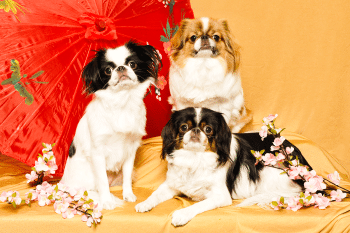
Throughout history, certain dog breeds were held in the highest regard by the cultures that nurtured them. These were not just beloved pets—but protectors, symbols, and spiritual beings often treated as divine. In ancient temples, royal courts, and sacred rituals, some dogs were believed to carry souls, ward off evil, or serve as loyal intermediaries between this world and the next. Let’s explore 9 sacred dog breeds once honored in their homelands for their extraordinary qualities and revered spiritual presence.
Xoloitzcuintli
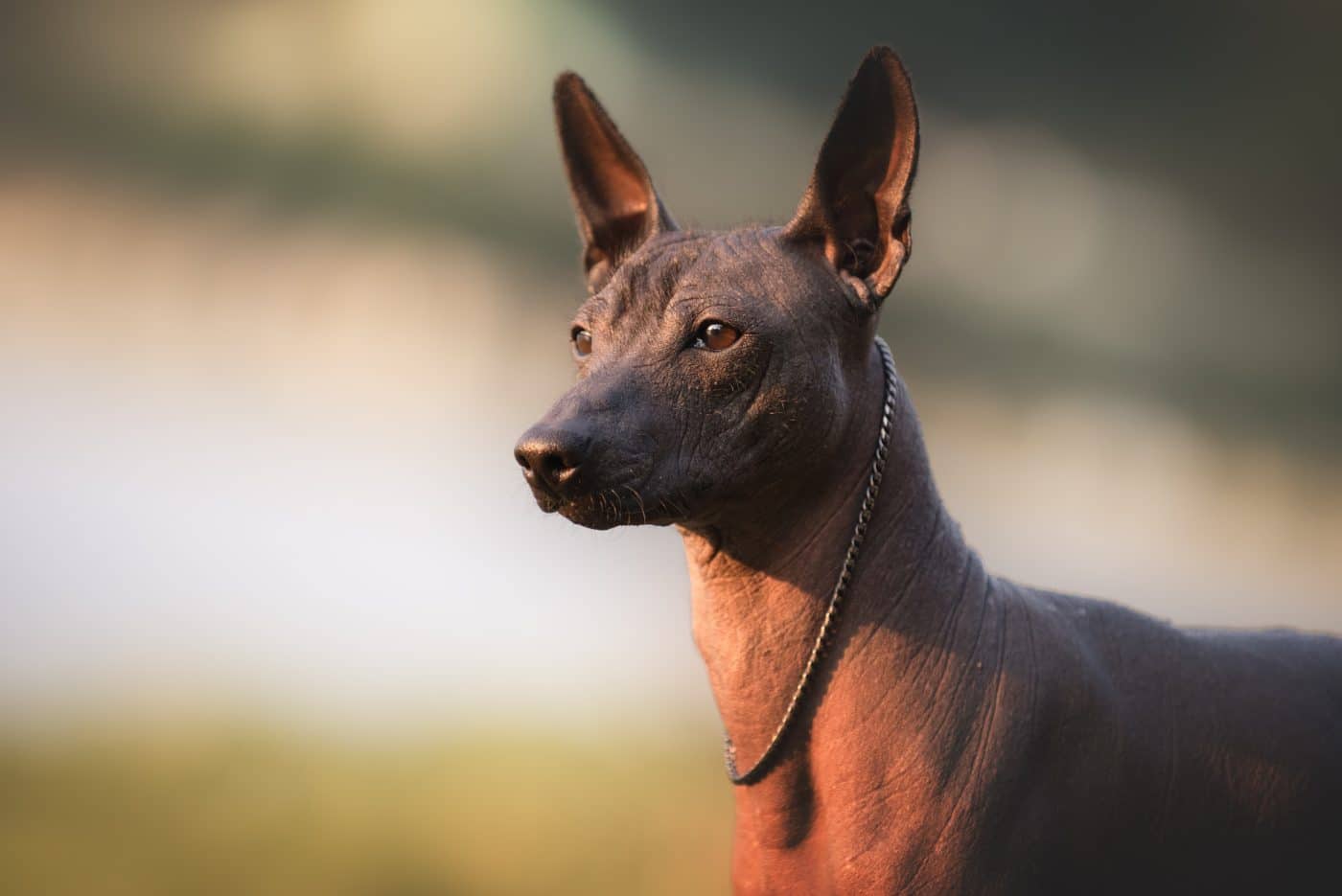
Known as the Mexican Hairless Dog, the Xoloitzcuintli was sacred among the Aztecs, Toltecs, and Maya. These intelligent, hairless canines were thought to guide souls through the underworld (Mictlan) and were frequently buried with their humans to aid in safe passage. They were also seen as guardians against evil forces and sources of healing energy—earning them a spot between the realms of the living and dead.
Tibetan Mastiff
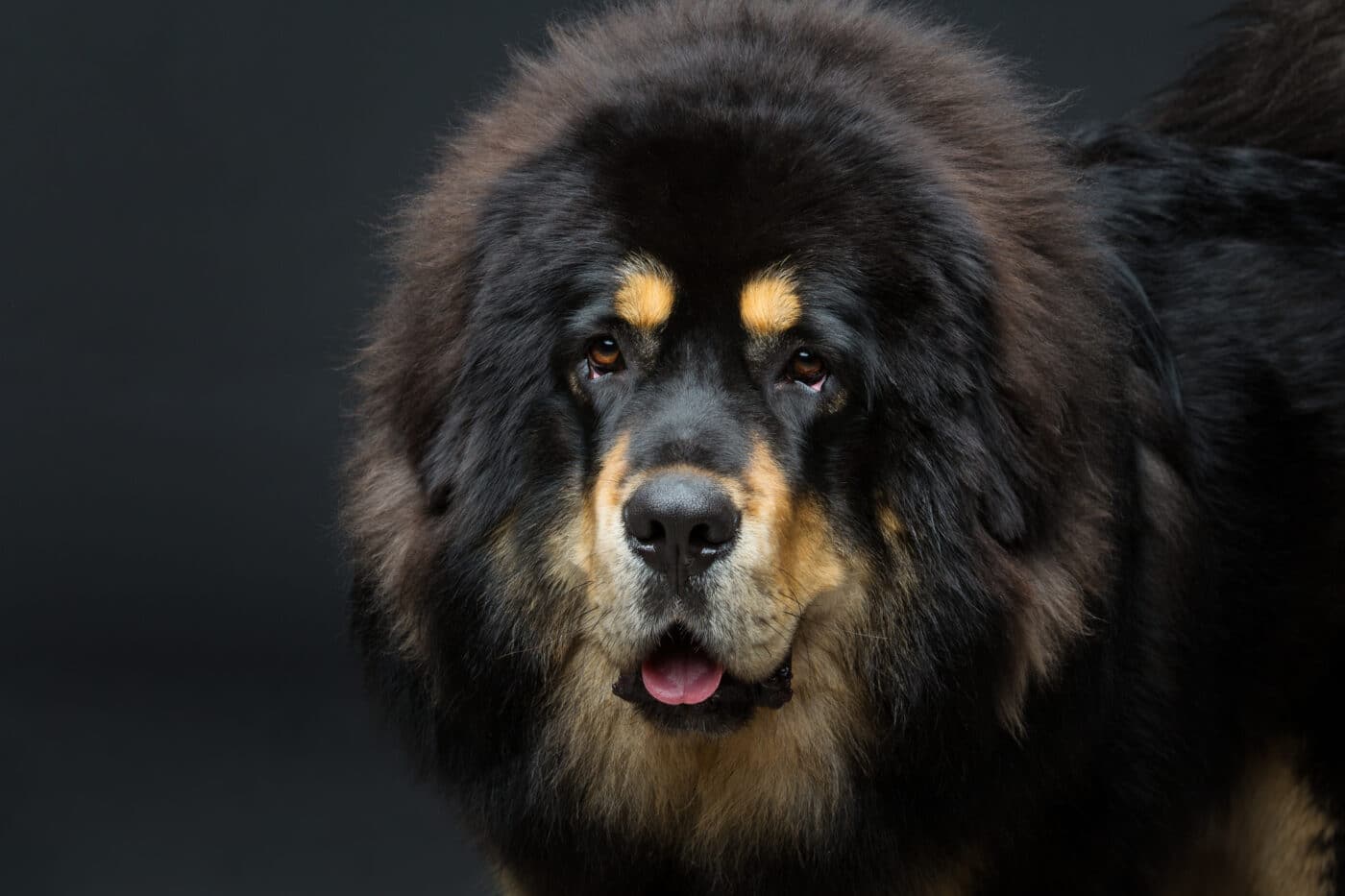
Massive, majestic, and fierce in protection, the Tibetan Mastiff was revered across Himalayan cultures. Monks in Tibetan monasteries regarded this noble breed as a protector of sacred grounds. Their imposing stature and booming bark were believed to keep malevolent spirits at bay, while their loyalty symbolized unwavering devotion to spiritual duty.
Pharaoh Hound
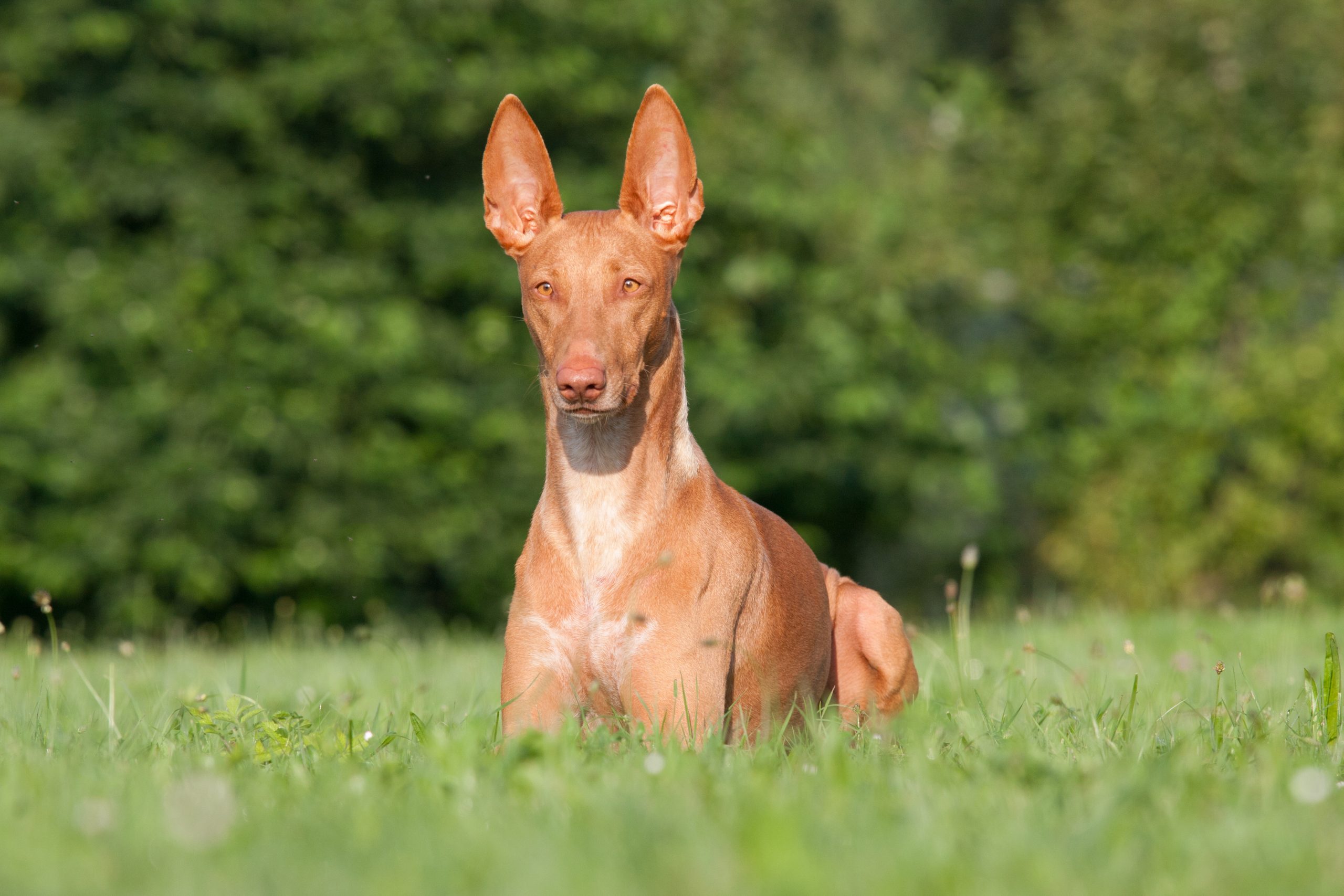
The Pharaoh Hound, native to Malta but often associated with ancient Egypt, shares a striking resemblance to dogs depicted in art alongside Anubis—the god of the afterlife. Elegant and swift, these dogs embodied nobility and alertness and were thought to carry divine traits. Their appearance in mythology hints at their elevated status beyond mere hunting companions.
Shih Tzu

Often called “lion dogs” in reference to their resemblance to the sacred lions of Buddhism, Shih Tzus were bred to be companions to Chinese emperors. Their regal demeanor and adored presence made them fixtures in ancient palaces, where they were treated with royal reverence. Owning one outside the court was forbidden—a testament to their sacred reputation.
Basenji
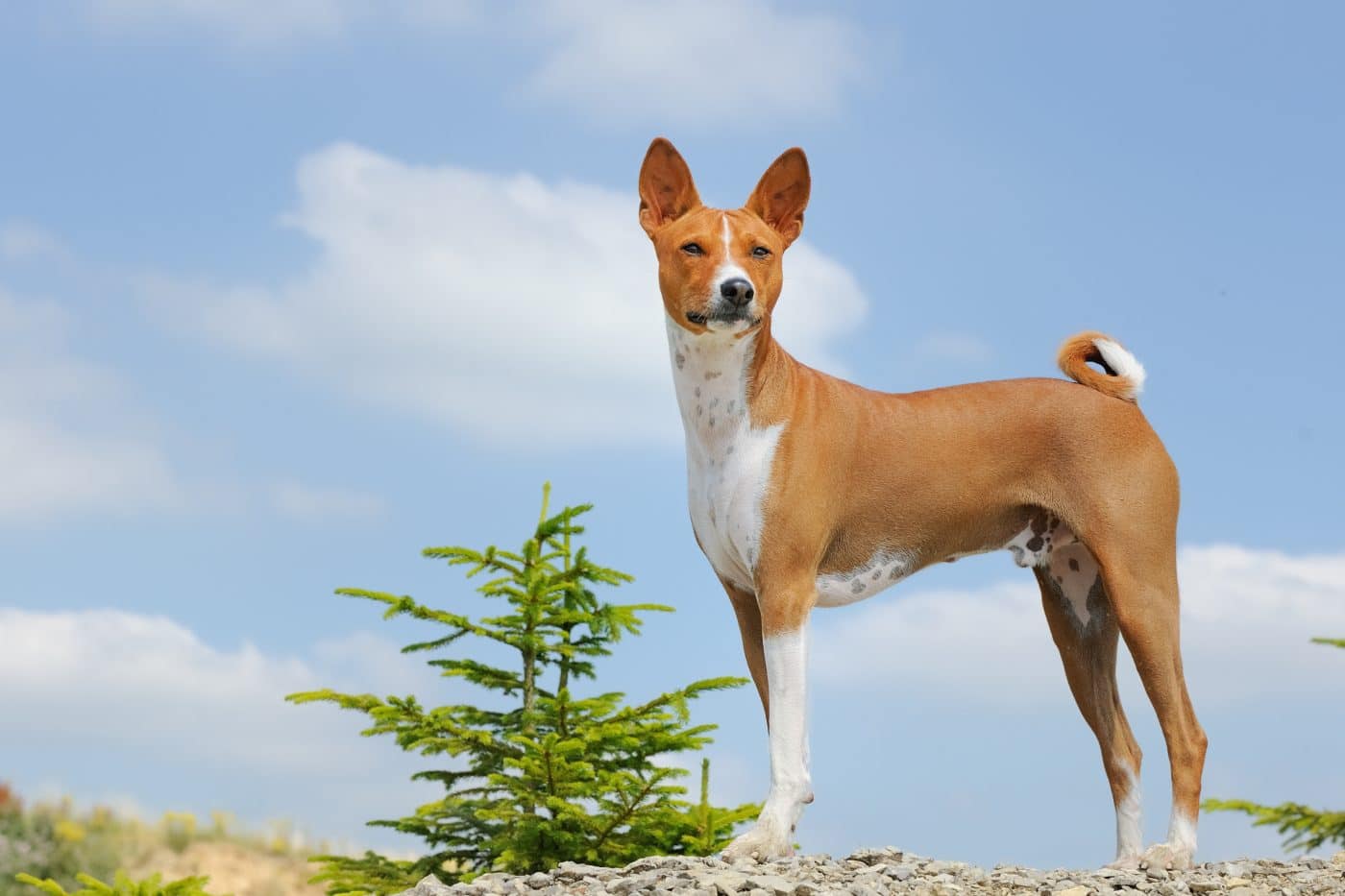
Nicknamed the “barkless dog,” the Basenji originates in Central Africa and was viewed as a mystical being by tribes in the Congo. Their silence, combined with their intelligence and agility, gave them an almost supernatural aura. Frequently gifted to Egyptian pharaohs and considered spiritual intermediaries, Basenjis were prized as more than hunters—they were thought to walk with the unseen.
Lhasa Apso
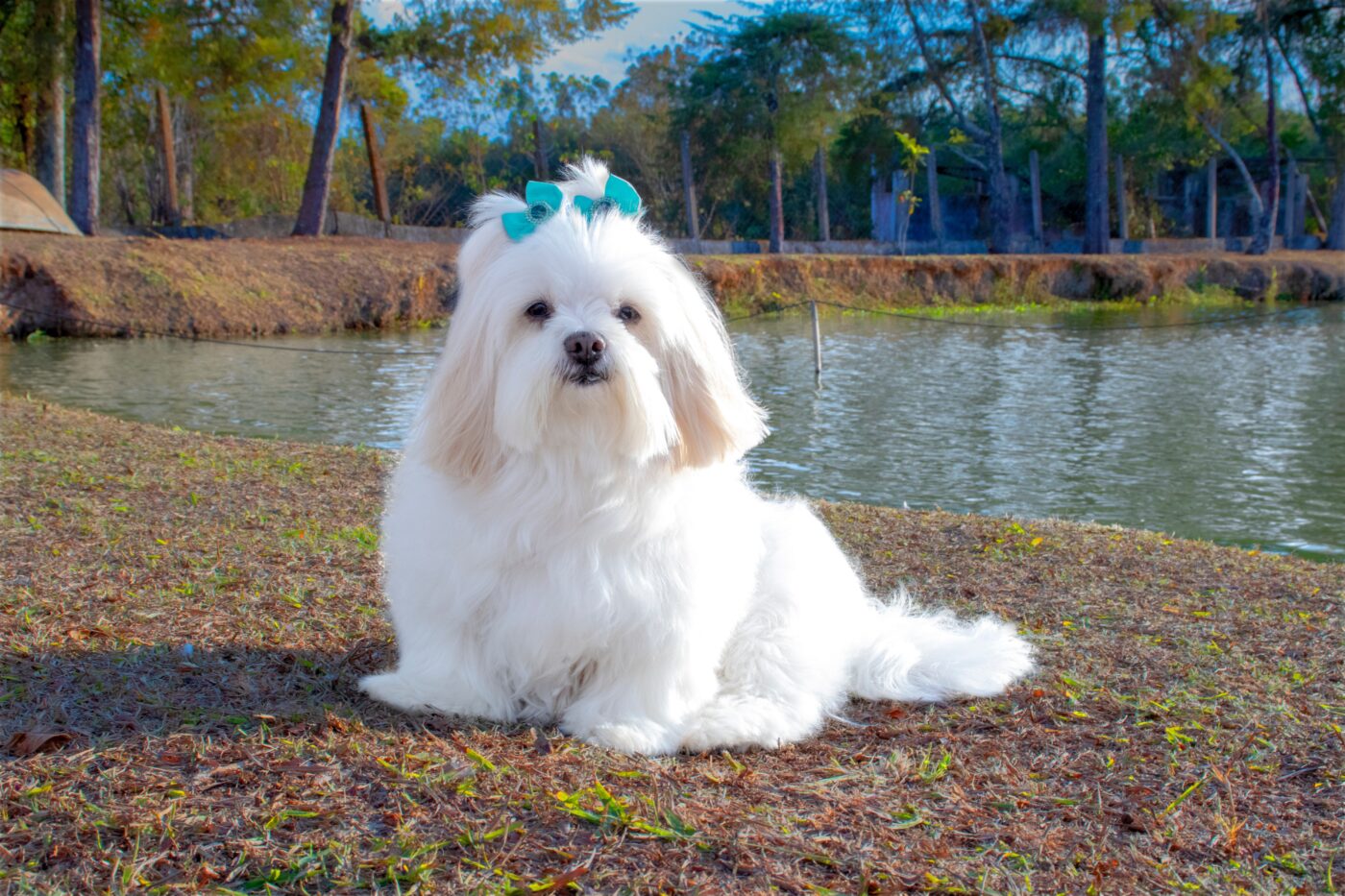
Bred in Tibetan monasteries, the Lhasa Apso was revered as a guardian of spiritual dwellings. It was believed these tiny, wise-looking dogs could house the souls of reincarnated lamas. Because of their divine connection, Lhasas were never sold, only gifted, and to receive one was seen as a supreme honor.
Japanese Chin

The Japanese Chin was esteemed by aristocracy and regarded not merely as a companion but as a symbol of balance and divine grace. With elegant posture and ethereal charm, it was thought to bring harmony and spiritual finesse to any space it occupied. Their whimsical yet dignified personalities furthered their sacred status within imperial homes.
Saluki
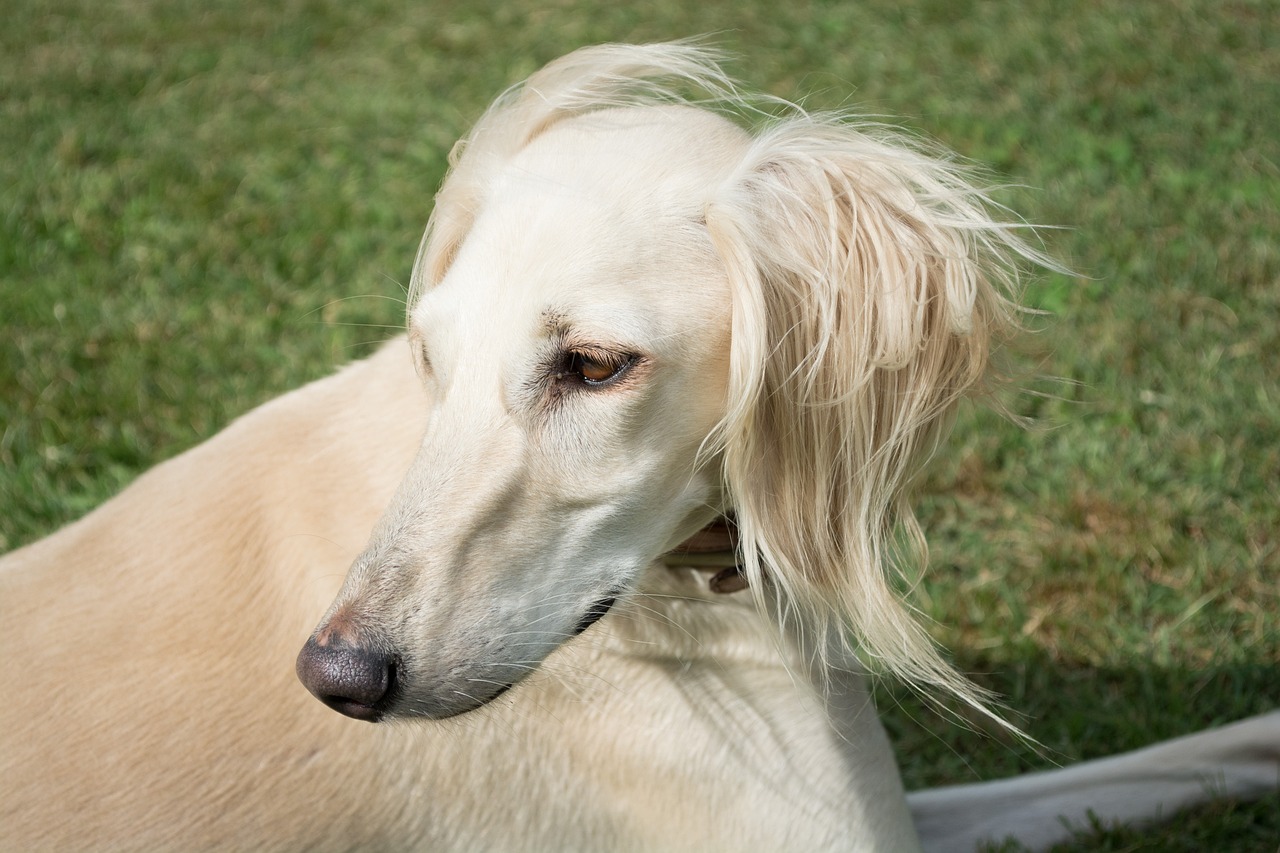
One of the oldest known breeds, the Saluki was idolized across ancient Arabian and Egyptian civilizations. Revered as “The Royal Dog of Egypt,” Salukis were known for their speed, grace, and divine origin. It was believed they were gifts from Allah, and harming one was sacrilege. Their images were engraved into tomb walls alongside kings and nobles.
Chow Chow
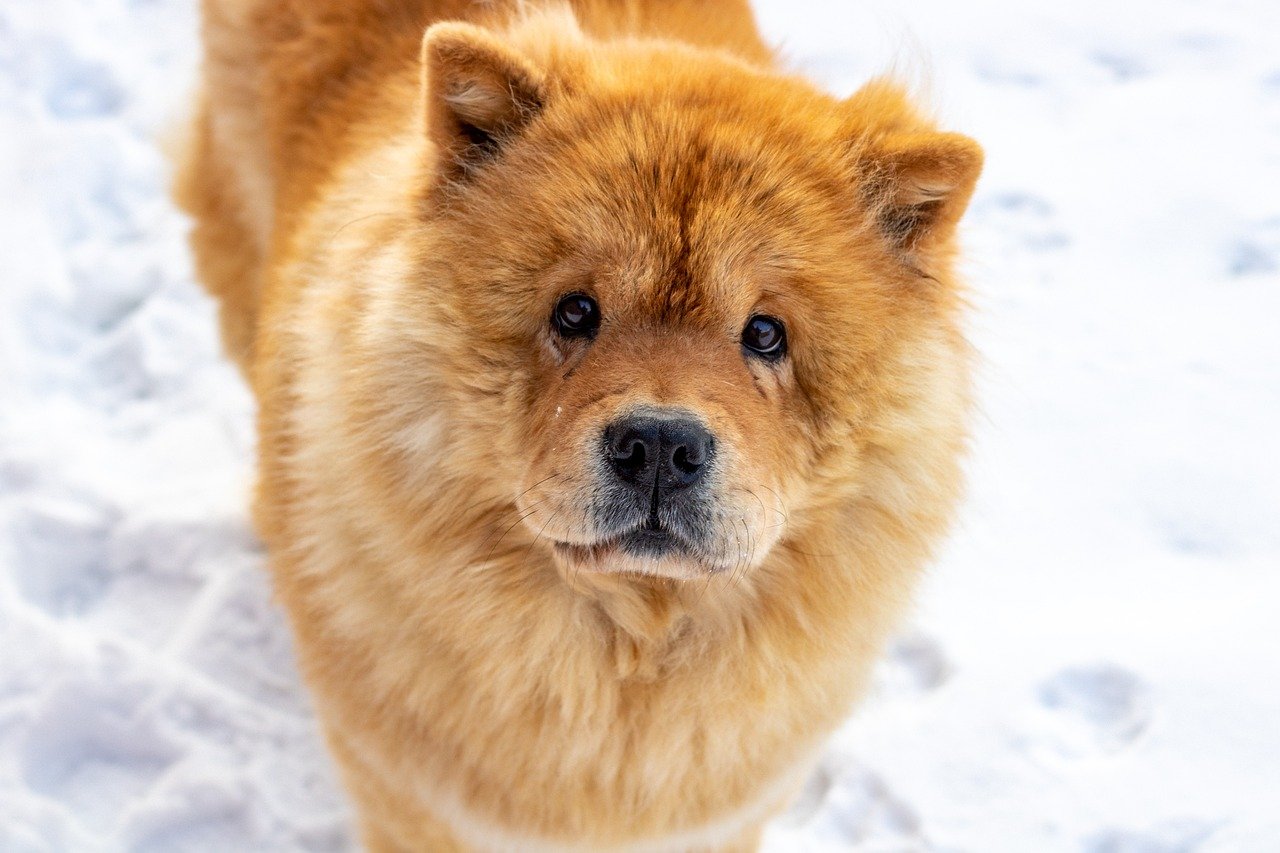
With a regal mane and aloof spirit, the Chow Chow was once deployed to guard sacred temples in ancient China. Their signature blue-black tongue was believed to be a celestial hallmark. Beyond their stoic charm, these dogs were considered protectors of spiritual thresholds—silent watchers at the gates of wisdom and sanctuary.
The Divine Connection
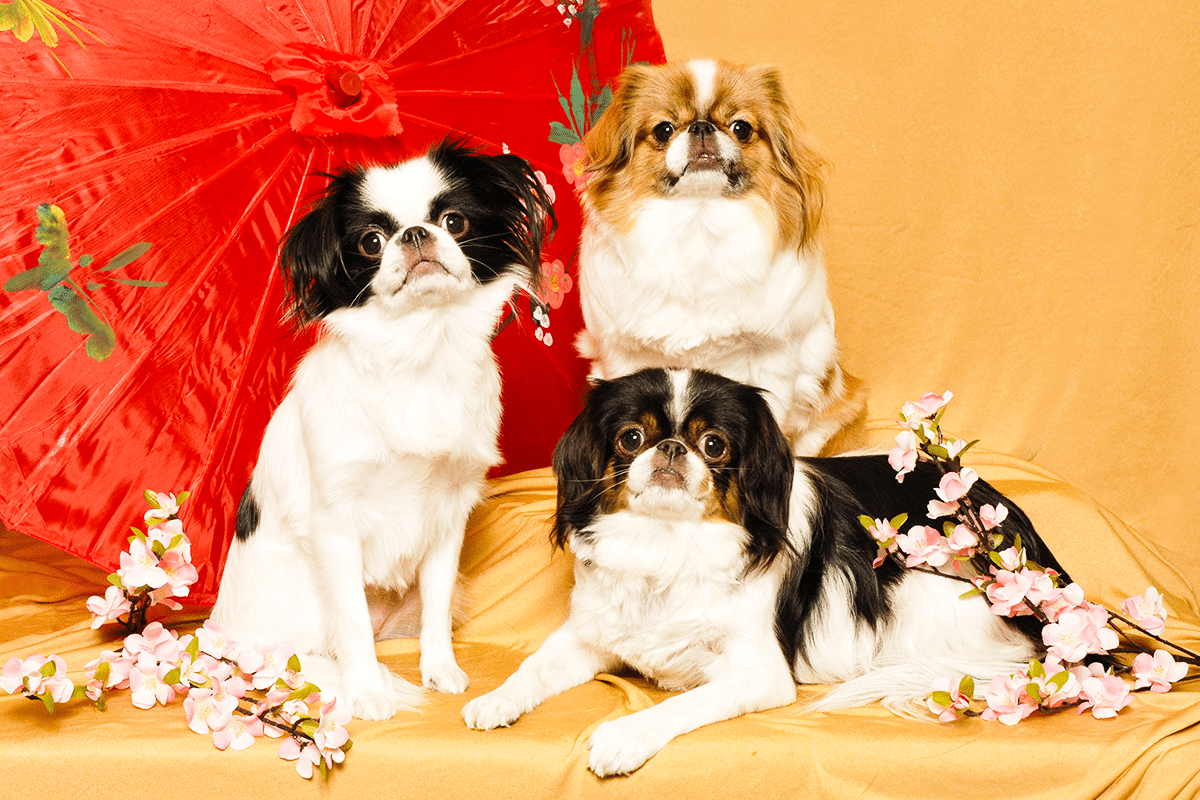
These breeds weren’t chosen at random—they earned their place in myth, lore, and history through traits so powerful, they inspired legends. Whether feared, praised, or adored, they acted as more than guardians or hunters—they were symbols of culture, sacredness, and celestial grace. In today’s world, their presence continues to reflect their historic nobility—as eternal watchful souls with a paw in both the physical and spiritual realms.

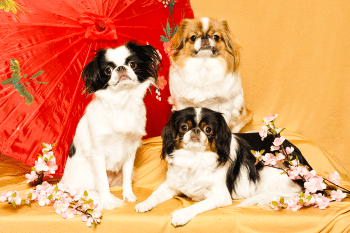




Facebook Comments